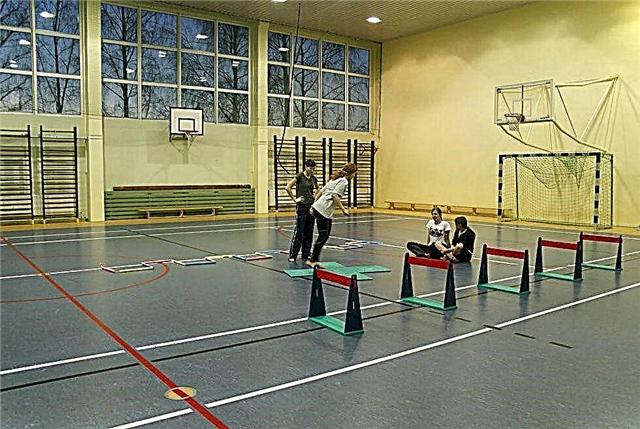If you are reading this article, then you are really worried about purchasing a running heart rate monitor - one of the most important devices for professional runners. It is also called a heart rate monitor. As it is already clear from the name of the device itself, it is designed to measure the heart rate. Knowing your heart rate during physical activity is necessary in order to correctly assess the load on the heart muscle and, if necessary, adjust it.

Targeting device
There are heart rate monitors for jogging, for swimming, for cycling, for skiing, for fitness. This means that you do not need any heart rate monitor, but one that is designed specifically for running. There are also multifunctional models for several sports. They are, of course, more expensive, but if you are doing something else besides running, then it will be more profitable for you to purchase one universal device.

Heart rate transmitter
As a rule, it is attached to the chest area near the solar plexus. It is better to choose those models in which the sensor is attached with a soft strap. Pay attention to the fasteners: they must be strong and reliable. Although it is still recommended to give preference not to fasteners, but to tightening buckles (then the device will be put on over the head). If you are not running alone, but in a company or in a crowded place (stadium or park), the function of removing interference from other people's sensors will be useful, which prevents overlapping signals and interference.
Replacing batteries
There are models in which the power elements are replaced only in service centers or are not replaced at all (their life expectancy is about three years). This is, of course, inconvenient. Therefore, when buying, check if it is possible to replace the batteries at home.
Convenient management
If possible, check how easy it is to operate the device while moving.

Synchronization with computer and mobile device
In principle, most models now have the function of synchronizing with remote devices, which allows you to track workouts, plan and analyze them. The only difference is in the connection method: wired or wireless (wi-fi or Bluetooth).
In addition to these basic qualities, such devices will not be superfluous in the heart rate monitor.
Navigation
If you like to open up new horizons, then just a heart rate monitor with a built-in GPS-determiner will help you not to get lost. He is able to determine the speed and total distance, as well as make routes on the map and analyze workouts. It is clear that the cost will increase.
Step counter
This device attaches to your sneakers. Performs the same functions as a navigator, except for overlaying routes on a terrain map and analyzing distance. This application has other requirements as well. For accurate collection of information, it is recommended to choose flat areas. Before your first run, you will need to set up and calibrate your device The only advantage is pedometer in front of a GPS navigator - the ability to work indoors.
However, additional devices only increase the price of the heart rate monitor and complicate the work with it. Still, the most important function was and remains the ability to accurately measure the frequency and number of contractions of the heart muscle. Without this basic part, your device will be just a heaped piece of plastic.









